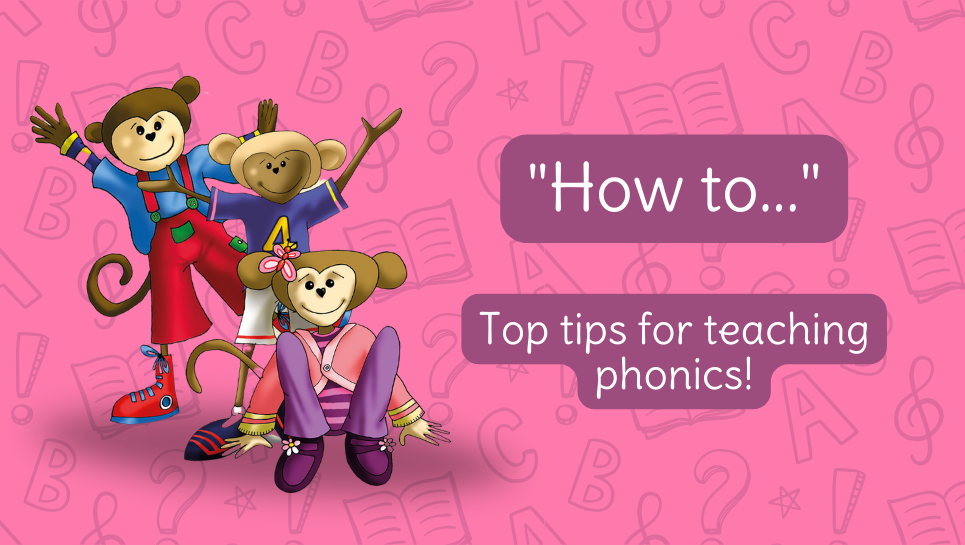In our ‘how to…’ series we are going to delve into all things phonics instruction and give you our expert advice on developing confident readers.
***
Decodable books often include target words that pupils may not know. There are many reasons why pupils may not know words in a text:
- The word may be unusual.
- The pupils may have limited language as English language learners.
- The pupils may have a language disability.
- The pupils may have had limited opportunities to read books at home.
Learning new vocabulary is beneficial for all pupils. It helps them develop their expressive and receptive language. This will also develop their comprehension as they become readers.
When we teach new vocabulary, we want our pupils to learn how a word sounds and how it is spelled. We want them to make connections to words they already know, so the new vocabulary is stored securely in long-term memory and can be retrieved when needed.
Here is how we recommend teaching pupils new words encountered in a decodable book. The example here is the word “wail” from Book 1: Viv Wails from the Dandelion Readers (Vowel Spellings) series.
1. Demonstrate how letters (graphemes) map onto the sounds in the word.

2. Say the word clearly. Ask pupils to repeat the word. All too often pupils are not confident in pronouncing new words. /w/ /ae/ /l/ → “wail”. This is particularly important when the word has more than one syllable as pupils need to know which syllable to stress.
3. Define the word. For example, “The word ‘wail’ means a long cry when someone is upset, angry or has pain.” (A simple definition can often be found in the decodable book.)
4. Give an example from the decodable book. Ask questions, such as, “Why does Viv wail in the story?” Pupils can answer in their own words. (“Viv wails because she really wants a pet, and her Dad says no. She thinks it isn’t fair.”)

5. Ask the pupils to give a personal example of when they would “wail”.
6. Ask the pupils to compare with synonyms. “Is ‘wail’ a stronger word than ‘cry’? When might someone cry and when might someone wail?”
7. Explore homophones. Is there another word that sounds the same? (Write the word “whale” on the board next to the word “wail”.) Ask the pupils, “What is the meaning of the other word ‘whale’?” Draw an image for each word. Discuss the difference between the meanings and spellings for the two words.
8. Act out a situation when someone would wail.
9. Keep both words on the board and revisit throughout the week.


